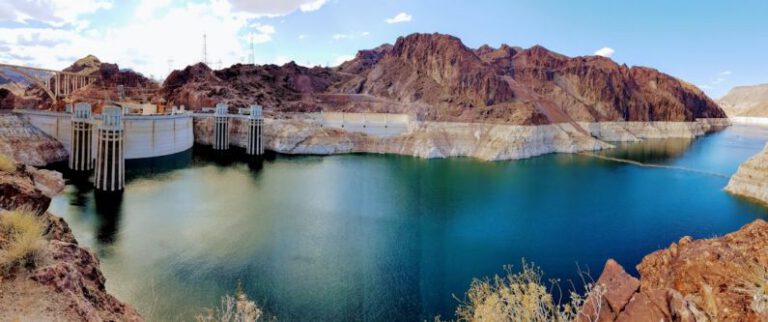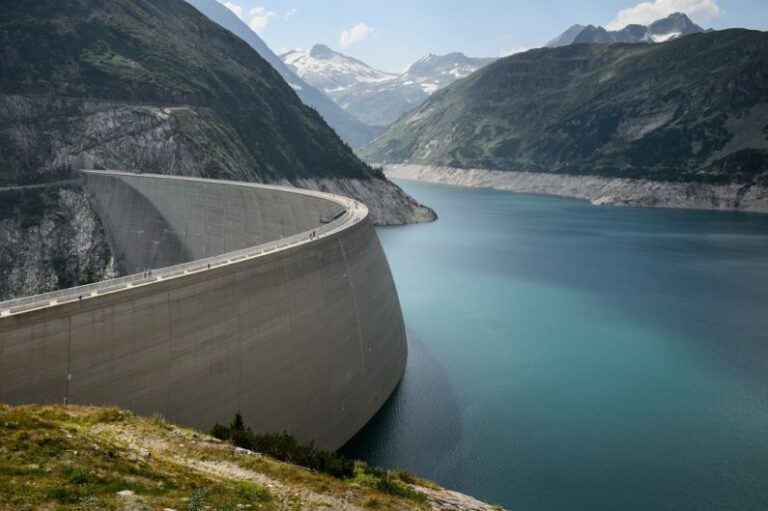Norway’s Laerdal Tunnel: Leading the Way in Tunnel Engineering
The Laerdal Tunnel in Norway, a marvel of engineering excellence, stands as a testament to human innovation in the realm of underground infrastructure. Stretching over 15 miles long, it is the longest road tunnel in the world and a pioneering example of tunnel engineering. Let’s delve into the fascinating features and engineering prowess that make the Laerdal Tunnel a trailblazer in its field.
**A Solution to a Vital Problem**
The construction of the Laerdal Tunnel was not merely a feat of engineering but a solution to a critical logistical problem. Prior to its existence, the journey through the mountainous terrain of western Norway was fraught with challenges, especially during winter when snow and ice made the roads treacherous. The need for a safer and more reliable transportation route led to the inception of the tunnel project.
**The Vision Behind the Tunnel**
The vision for the Laerdal Tunnel was clear—to create a passageway that would not only provide a safe route for travelers but also significantly reduce travel time. The tunnel was designed to bypass the hazardous mountain roads, offering a quicker and more secure alternative for commuters and freight transport between the cities of Oslo and Bergen.
**Innovative Design and Construction**
The construction of the Laerdal Tunnel involved cutting-edge engineering techniques and innovative design principles. Excavating through solid rock, the project required meticulous planning and precision to ensure the structural integrity of the tunnel. Ventilation systems were strategically installed to maintain air quality and temperature control within the tunnel, enhancing safety for users.
**Safety Measures and Emergency Preparedness**
Safety is paramount in tunnel engineering, and the Laerdal Tunnel sets a high standard in this regard. The tunnel is equipped with state-of-the-art monitoring systems that constantly assess conditions such as air quality, traffic flow, and potential hazards. In the event of emergencies, a comprehensive evacuation plan is in place, including emergency exits, fire suppression systems, and communication protocols to ensure the safety of tunnel users.
**Sustainability and Environmental Considerations**
In line with Norway’s commitment to sustainability, the Laerdal Tunnel incorporates environmentally friendly features in its design. Energy-efficient lighting systems reduce power consumption, while the ventilation system is optimized for minimal energy usage. The tunnel’s construction took into account the surrounding natural landscape, minimizing disruption to the environment and wildlife habitats.
**Challenges and Solutions**
Building a tunnel of such monumental scale was not without its challenges. The rugged terrain, harsh weather conditions, and geological complexities presented formidable obstacles to the construction process. However, through innovative engineering solutions and unwavering determination, the project team overcame these challenges to realize the vision of the Laerdal Tunnel.
**The Legacy of the Laerdal Tunnel**
The Laerdal Tunnel stands as a testament to human ingenuity and perseverance, a shining example of how engineering excellence can transform transportation infrastructure. Its impact extends beyond providing a safe and efficient passage for travelers—it symbolizes the power of innovation to overcome obstacles and shape the future of infrastructure development.
**Driving Towards the Future**
As we look towards the future of tunnel engineering, the Laerdal Tunnel serves as a guiding light, inspiring new generations of engineers to push the boundaries of what is possible. Its legacy continues to inspire innovative solutions in tunnel construction, setting a high standard for safety, efficiency, and sustainability in infrastructure projects around the world.
In conclusion, the Laerdal Tunnel in Norway stands as a beacon of excellence in tunnel engineering, showcasing the remarkable capabilities of human creativity and technological advancement. Its legacy will endure as a testament to the power of vision, innovation, and perseverance in shaping the world of transportation infrastructure.






